Journalists in the Zaporizhzhia Region work under shelling, air raids, and in destroyed newsrooms
“The breath of a missile… what can you compare it to? It is the real breath of death. It is like a giant vacuum cleaner working in blower mode. Immediately, my left leg became hot, and red spots began to spread through my jeans. I looked at my leg, or rather, whether it was in place…,” Ukrinform reporter Olha Zvonariova recalls one of her working days when she was seriously injured. She is one of those who currently works as a journalist in the front-line Zaporizhzhia Region. Almost 80% of the region’s territory is occupied by russian invaders. In the cities and villages that are now under Ukrainian control, every day is a battle for life: constant danger, bombed-out newsrooms, lack of equipment for work, lack of funds for everything necessary. Only those involved know what efforts are worth it….
Today, the Zaporizhzhia Region is one of the most dangerous for journalists to work. Here, under constant shelling, they continue to fulfill their mission, informing the world about the realities of war. In this, they are assisted by the Zaporizhzhia Journalists’ Solidarity Center (JSC), which was established by the National Union of Journalists of Ukraine (NUJU). The Center provides journalists with protective equipment, logistical support, and ensures safe working conditions. This is one of six such Centers throughout Ukraine, which have become vital for the media in times of war.
A report five kilometers from the front line…
The most dangerous areas are located close to the front line in the city of Orikhiv, in the surrounding villages along the highway to Zaporizhzhia and Vasylivka, as well as in the areas of Huliaipole and its surrounding villages. Journalists come here to work alongside rescuers because, without them, it is practically impossible to do their professional work.
The front line came closest to Orikhiv, at a distance of 4-5 kilometers. Both the city and the surrounding villages are under constant devastating fire. The city itself is 70% destroyed, and some villages are destroyed. Everything around is mined. Fighting is going on almost around the clock. And all this is under constant shelling with ballistics and mortars.
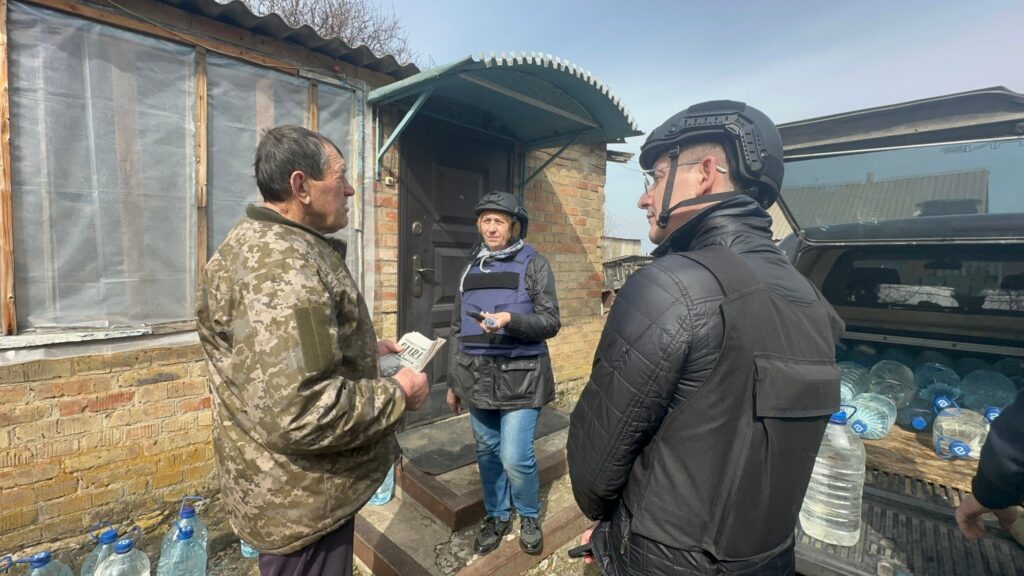
An equally hot section of the front is located on the side of the city of Huliaipole and its surrounding villages. From here to the front line is about 18 kilometers. The city is almost destroyed and is constantly under shelling and bombing. Fierce fighting is taking place in almost all directions, including where this area borders the Dnipropetrovsk Region, where the enemy dreams of breaking through.
From the side of Vasylivka, which is the road to Crimea and the Sea of Azov, heavy fighting is taking place in the area of the village of Kamiyanske. From here, it is about 40 kilometers to the regional center, Zaporizhzhia. The village is situated on commanding heights, so its capture will enable artillery to target the city’s outskirts directly. Therefore, this axis is also strategically important – journalists must show at what cost the front line is held here.
When a second flight finds you at the scene
However, media workers, like all residents of the region, encounter danger not only near the front line. All settlements are constantly under enemy attack. Zaporizhzhia is no exception. During the shelling of the regional center on April 5, 2024, a journalist from the state news agency Ukrinform, Olha Zvonariova, and a journalist from the TV channel 1+1, Kira Oves-Shupyk, were injured.
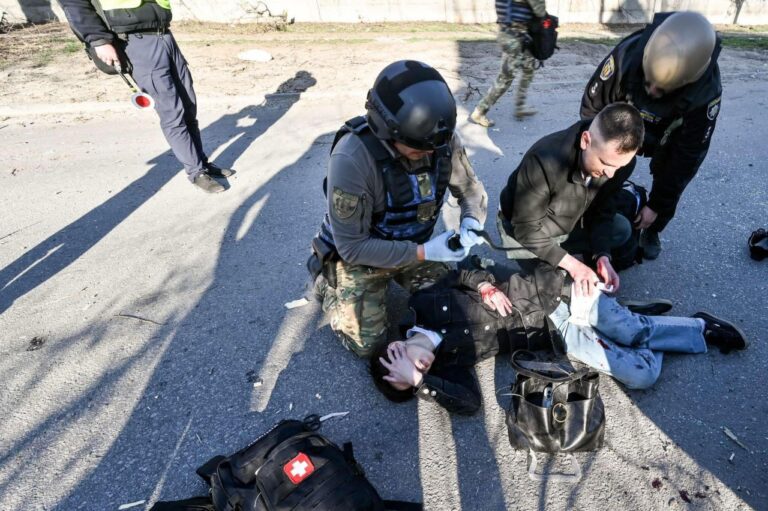
That day, Olha Zvonariova was working as a reporter at the scene of another war crime. The russians hit rescuers and journalists with a missile for the second time. Olha spent more than two months in a hospital bed, and then literally learned to walk again.
“The breath of a missile… what can you compare it to? It seems to me that this is the real breath of death. Now I know exactly what it is: not dry (with nasty phlegm, debris, garbage, and dust), hot, powerful, like a vacuum cleaner that works in blower mode. It tears metal, dismantles buildings. You can imagine what it can do to the human body. I couldn’t imagine it… My left leg became hot, and red spots started to spread across my jeans. I remember exactly how I looked at my leg. Or rather, whether it was still there. I saw my leg, but it was completely still. A thick drop of blood began to flow very slowly from my left hand,” Olha recalls.
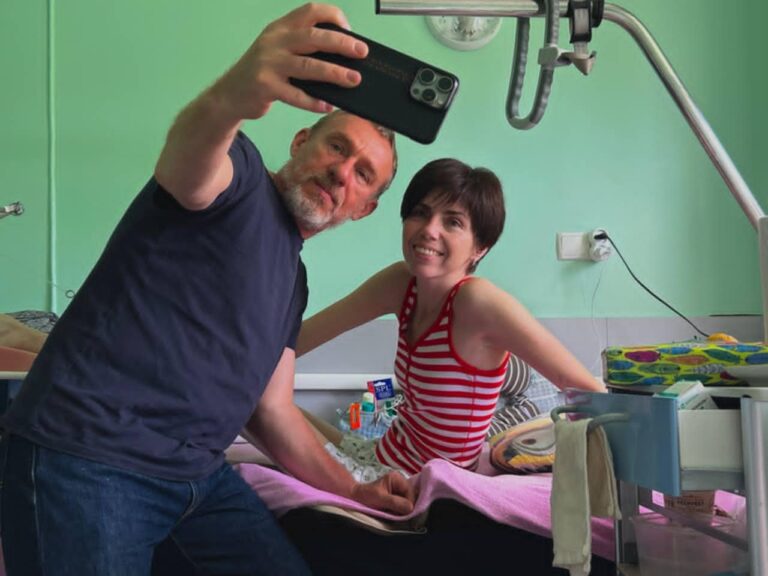
Only because she was immediately provided with first aid did she manage to avoid serious blood loss and stay alive. Having survived this through personal experience, the journalist strives to become a motivator for similar victims, giving them confidence that everything will be fine in the end. The main thing is to persistently return to normal life. “We should be thankful to our character for surviving all this!” she repeats after her rehabilitation doctor.
Kira Oves-Shupyk and her colleagues also went to film the aftermath of a missile attack on one of the districts of Zaporizhzhia on that day, April 5. And then the russians attacked again.
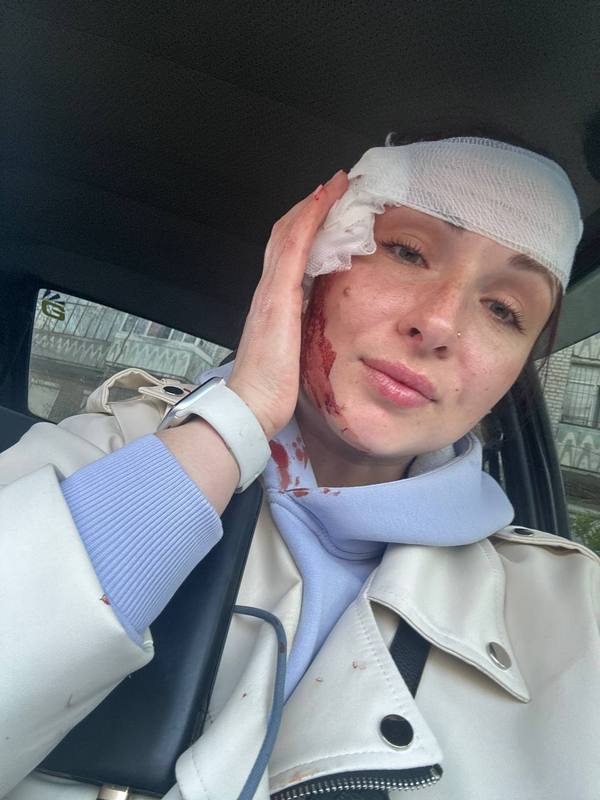
“It’s hard to remember,” Kira shares her experiences. “Especially with time. I just heard a whistle in the air, and a colleague shouts: “Lie down!!”. There were a lot of cars nearby – I understand now that I shouldn’t have hidden near them, but it happened anyway. You can’t run far when it whistles. I just had time to cover my ears – it was a loud bang. The missile hit a few dozen meters from where we were. Fortunately, my body quickly accumulated all its strength. We ran to where, as it seemed to us, there were more people. And as I was running, I felt blood flowing down my face. Fortunately, the police officers who were nearby immediately provided first aid. I had such a good scratch on my head. Later, in the hospital, they shaved my cheekbone and put stitches.”
However, Kira didn’t stay in the hospital for long. After three days, the correspondent returned to a full-fledged working process. However, the events she had experienced psychologically traumatized her. She recalls that that evening, the feeling of adrenaline that had kept her going all day was abruptly replaced by a desire to sincerely cry. Now, she says, that day often appears before her eyes, and then it is very difficult to calm her anxiety.
How newsrooms work near the front
The newsrooms of local media periodically come under fire. For example, at the end of January this year, russian troops attacked Zaporizhzhia twice during the night. During the attack, the newsroom of the Motor Sich newspaper, the oldest corporate publication in the Zaporizhzhia Region (established 95 years ago), was damaged. The blast wave broke windows, the ceiling was in disrepair, and the equipment was damaged. Fortunately, there were no casualties.
“Five large boxes of glass and other garbage were collected from the newspaper’s newsroom premises,” said Olha Lebedeva, the head of the Corporate Media Department of the Motor Sich JSC.
Newspaper employees who found themselves in the front-line zone had to evacuate. Some newsrooms had to evacuate more than once. However, after relocating, they have established their production facilities and are delivering their publications to the settlements where people reside.
One of these newspapers is Holos Huliaipillia.
“The newspaper has been silent only three times in its 95-year-long activity: during World War II, in the 60s due to administrative reform, and now, in 2022, due to the russian invasion. Then, there were 586 days of silence – without news, without connection with their native land for thousands of residents of three communities. We left to avoid being occupied. But we did not break. And so, on October 3, 2023, the newspaper came back to life. We are now a relocated publication, operating in Zaporizhzhia. Yes, we survived the evacuation, but we lost our office and part of the team. However, thanks to the support of the NUJU, international partners, and caring individuals, we were able to come together again. Since January 1, 2024, we have become a regional publication. We are published twice a month, and we can be found in all Ukrposhta branches in the region. But advertisers have disappeared. Readers are forced to save money. We are fighting every day, because there are really no advertisers today,” says the editor-in-chief of the legendary publication, Holos Huliaipillia, Tetiana Velyka.
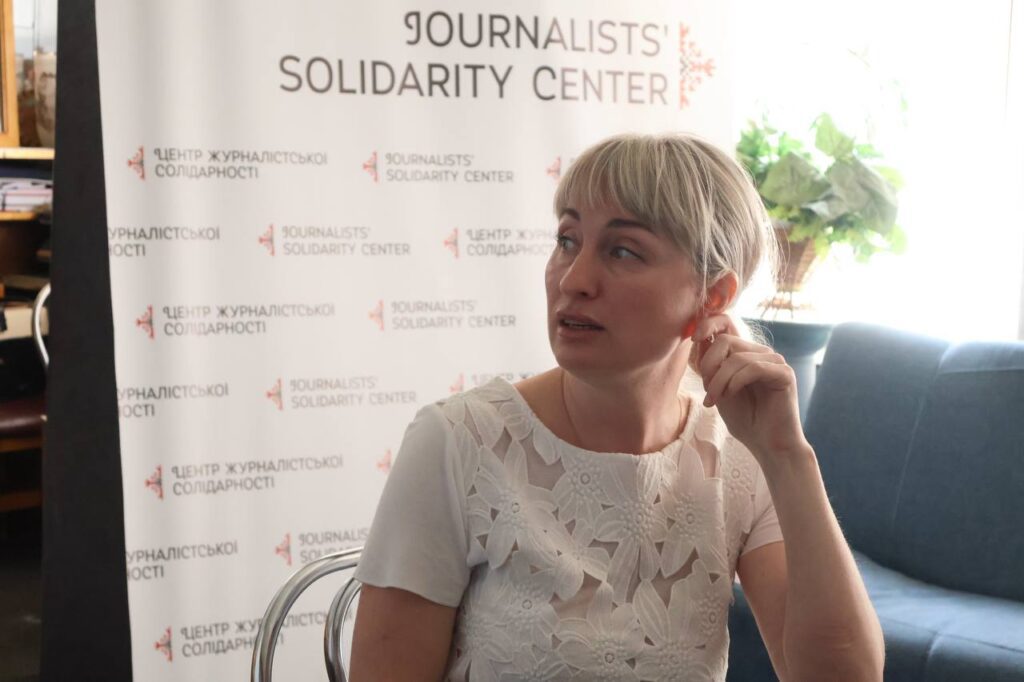
The newsroom has resumed work in multiple formats, including paper, as well as a website, a Telegram channel, and a Facebook page. Today, it is created by four journalists, all of whom are internally displaced persons who have lost their homes. But not faith. The team is developing video content, analyzing data, and expanding its audience.
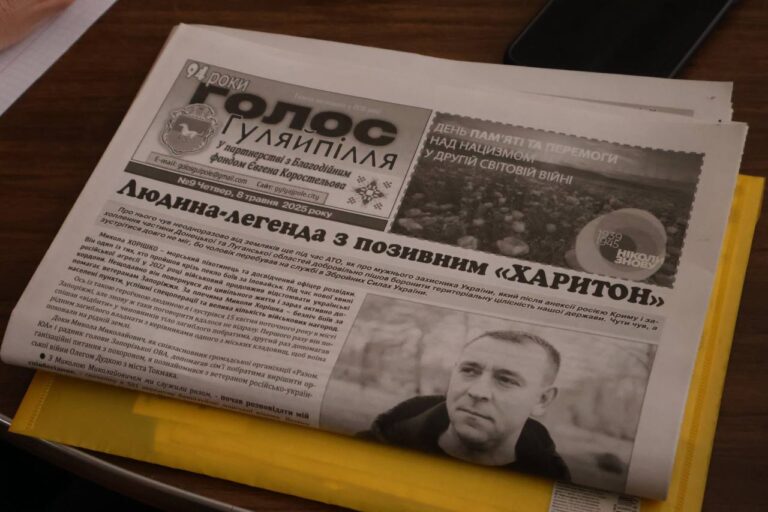
For the relocated newsroom, this is the second forced move during the full-scale invasion. The second time we had to look for a new location was after October 12, 2024, when the newsroom was seriously damaged as a result of a night missile strike on Zaporizhzhia.
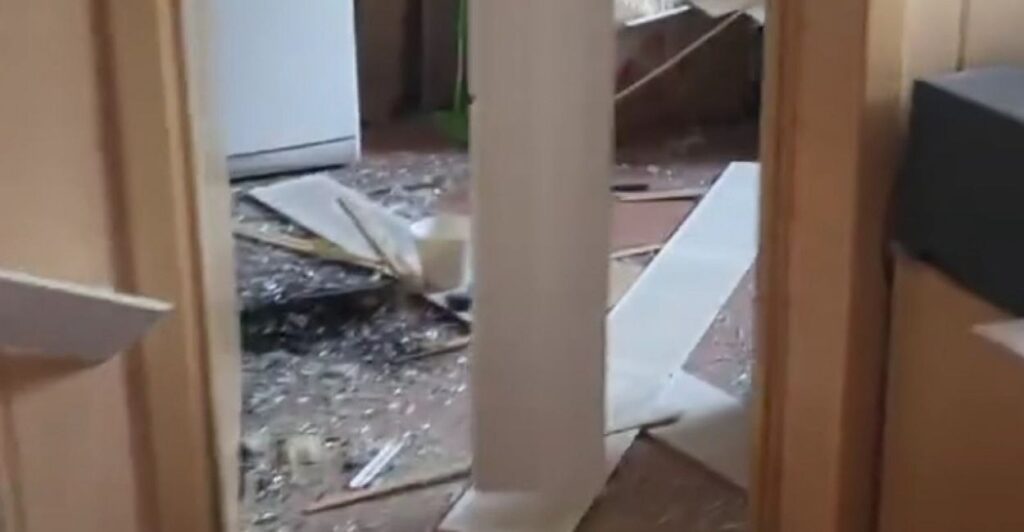
“What the newspaper’s journalists do today is truly priceless,” says the former editor of Holos Huliaipole, a well-known local historian, Ivan Kushnirenko, “each article is an event: they discuss it, share emotions, remember their relatives and friends. And it hurts a lot when you can’t find a fresh issue in time. Because for many it’s not just a newspaper – it’s a thread that connects them to their native land.”
Another newsroom that continues to work and fight is Trudova Slava.
The newspaper has been published since 1930. All this time, it has been a highly sought-after and reliable source of news for residents of Orikhiv and the villages in the district. Before the full-scale invasion, the newspaper was published twice a month. However, its last issue was published on February 26, 2022. The newsroom was forced to evacuate because the front line was literally a few kilometers from the city. The newsroom premises, by the way, a historical monument, were destroyed as a result of constant shelling and bombing.
However, this was not the end, but the beginning of a new, heroic chapter in the newspaper’s story. Despite the losses and difficult situation, in the spring of 2023, with the support of NUJU and international partners, the publication resumed publication. The first special issue was published on April 5, on four pages, with a circulation of 2,500 copies. Currently, the newspaper reaches the residents of Orikhiv through indestructible points, the village headman, rescuers, and volunteers. The editor personally delivers it to front-line communities.
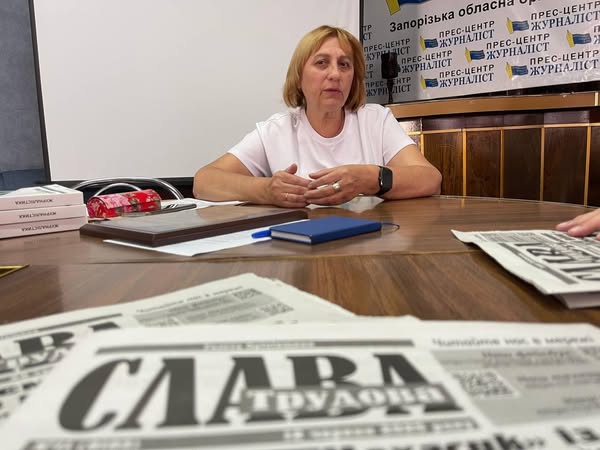
“Newspapers like ours are very important. Especially today, when there is no electricity, water, or gas. They are the ones who maintain faith in life. People wait and read their newspapers, trusting them; it remains a part of their lives. Everyday life of Orikhiv, who continues to live – and wait for peace, which will surely come,” notes the editor-in-chief of the newspaper Svitlana Karpenko.
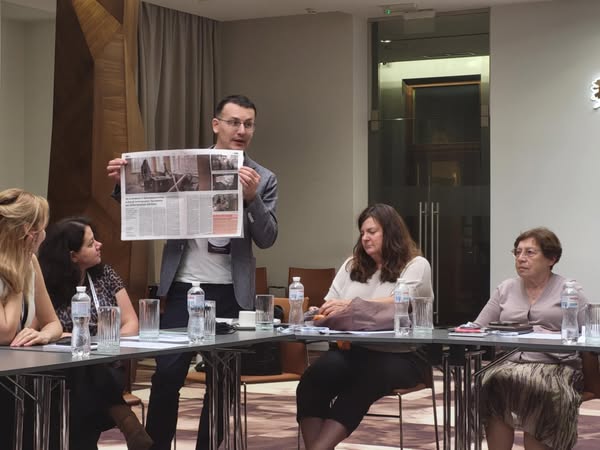
“The team of the NUJU visited Orikhiv this spring, 5-15 kilometers from the front line. There we saw how media workers, together with rescuers of the State Emergency Situations Service (SESS), deliver not only bread to people, but also fresh issues of the newspaper. We, through the Union, learned about this through the documentary film Pages of Hope. It tells the real story of colleagues who did not leave their community even after the newsroom’s ruins remained. A newspaper is not just paper, nor is it just information. It is a connection with life,” says the President of NUJU Sergiy Tomilenko.
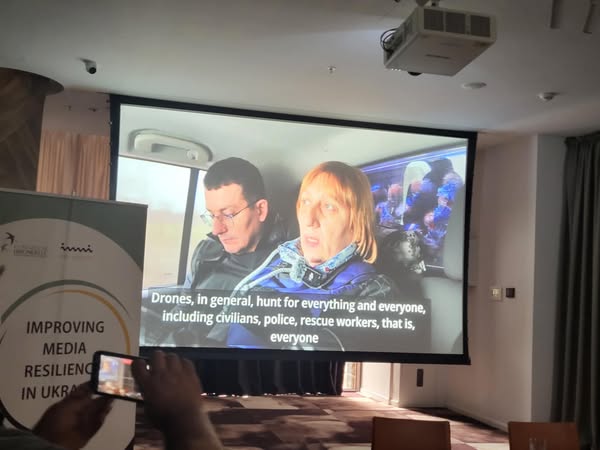
Why is the JSC needed, and what support does the Center itself need
Journalism is not done in newsrooms. Journalists must be present at events, where people and communities live their lives, manage not only to work and study, but also, if possible, develop and solve social problems. And this means that the threat of shaheeds and guided bombs for reporters, photojournalists, and videographers is constant. Therefore, transport, bulletproof vests, helmets, and other protective equipment are needed. People must travel in full protective gear, follow safety rules, and not take any threat lightly. Not every newsroom can provide this.

In July 2022, the Zaporizhzhia JSC took on the task of solving this problem. You can always rent reliable protective equipment here. Foreign journalists can receive reference and operational information about the situation in a particular territory, as well as details about events and the heroes of these events, and advice from specialists on topics that interest them.
Services for the provision of protective equipment, operational information, and organizational assistance at the JSC also apply to journalist trips and the preparation of materials directly from the combat zone. The Zaporizhzhia Axis has remained one of the hottest since the beginning of the large-scale invasion to this day.
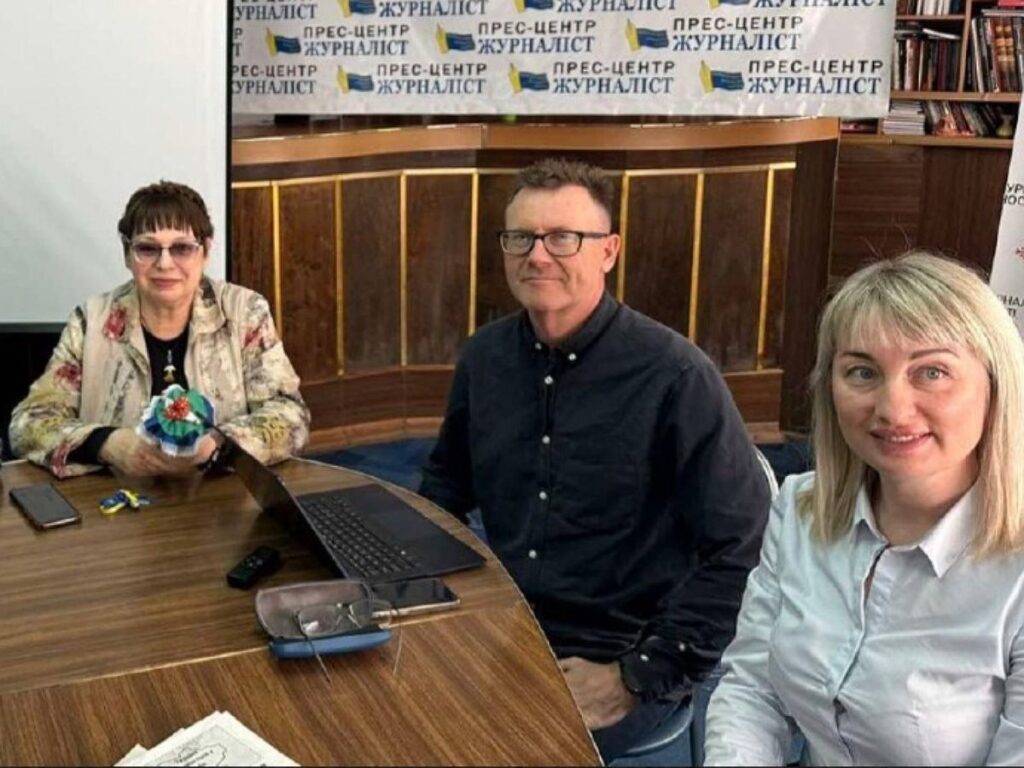
The JSC also performs significant coordination functions. Its employees are always in direct contact with the press officers of military units, and if necessary, will assist journalists who have arrived on business trips in getting in touch with them. They also maintain contact with rescuers, allowing journalists to request assistance in this regard.
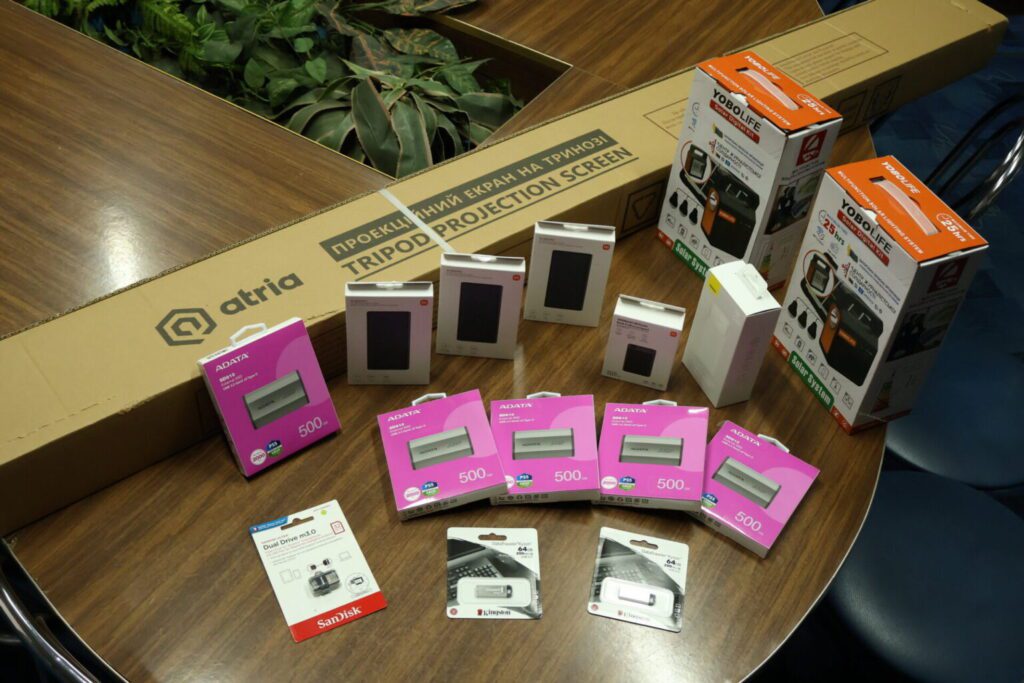
However, today, the Center, with two coordinators, Nataliya Kuzmenko and Valentyna Manzhura, as well as assistant Dariya Zyrianova, is no longer able to cope with a significant amount of work, which is not decreasing but only growing. Therefore, constant institutional support from international partners is needed, expanding their circle. The JSC is constantly seeking such partners and is grateful for the significant support that the front-line JSCs, in particular, are providing. It is essential that, in every European country where journalists conscientiously do their job, they remember that somewhere in the small towns of Orikhiv or Huliaipillia, the same Ukrainian journalists work. Only they work under shelling, shaheeds, and guided aerial bombs. And the fact that the war has been going on for four years, and you can’t make such news on the front pages of a Portuguese, Greek, or Spanish newspaper, does not mean that the danger has become less…
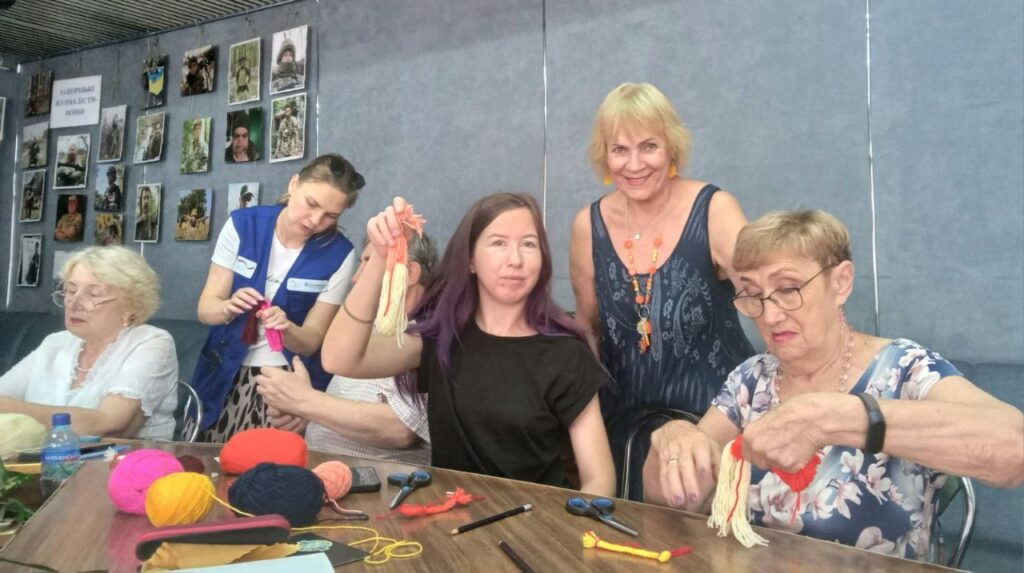
REFERENCE INFORMATION:
The JSCs are a network of safe hubs for journalists, created in 2022 by the NUJU in partnership with the International and European Federations of Journalists. The key partner of the network is the UNESCO headquarters. The Centers operate in six regions: Kyiv, Zaporizhzhia, Kharkiv, Dnipropetrovsk, Lviv, and Ivano-Frankivsk. They provide media professionals with protective equipment (body armor, helmets, and first aid kits), equipment, security consultations, legal and psychological assistance, as well as a workspace. Over the past two years, more than 2,400 journalists have used the services of the Centers. Among them are Ukrainian and foreign correspondents, including from Le Monde, Süddeutsche Zeitung, Daily Mail, SVT, RFE/RL, and other leading media outlets.
The Centers have become a key infrastructure for the safety of journalists in war zones and an example of international solidarity in protecting freedom of speech.
How to find the Journalists’ Solidarity Centers?
The JSCs are located at the following addresses:
Kyiv – 27A Khreshchatyk Street, phone: 050 680 5204 (Illia Suzdaliev);
Lviv – 5 Solomiyi Krushelnytskoyi Street, 2nd floor; phone: 097 907 9702 (Nataliya Voitovych); point of presence in Chernivtsi – 96 Nezalezhnosti Avenue, phone: 068 286 3706 (Volodymyr Bober);
Ivano-Frankivsk – 25 Sichovykh Striltsiv Street; phone: 066 677 0726 (Viktoriya Plakhta);
Zaporizhzhia – 152 Sobornyi Avenue, phone: 096 277 5352 (Nataliya Kuzmenko and Valentyna Manzhura);
Dnipro – 8 Starokozatska Street; phone: 050 919 8479 (Nataliya Nazarova);
Kharkiv – phone: 095 421 5477 (Hanna Chernenko).
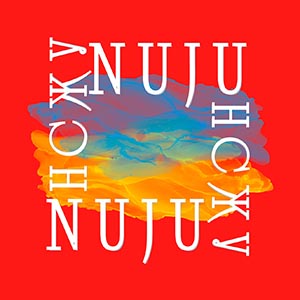
 THE NATIONAL UNION OF
JOURNALISTS OF UKRAINE
THE NATIONAL UNION OF
JOURNALISTS OF UKRAINE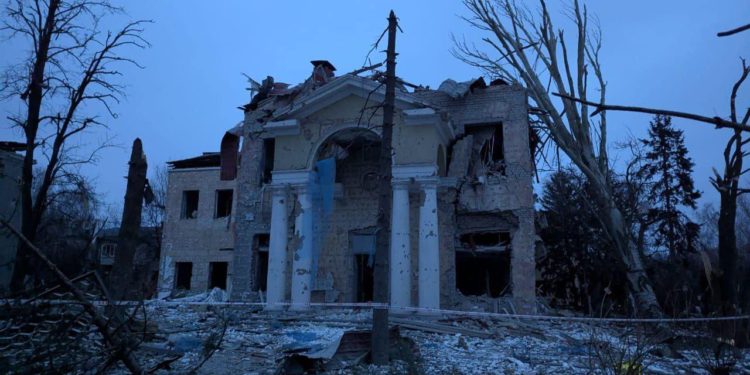
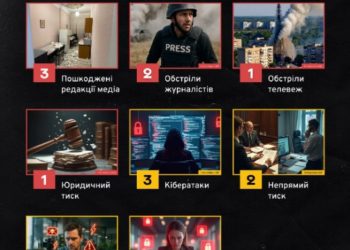
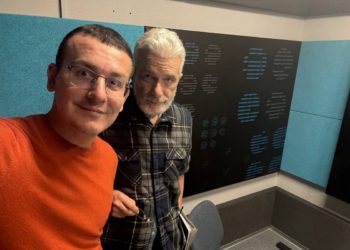
![International Media Organizations: peace plan mustn’t envision amnesty for crimes against journalists 18 Ukrainian flag on Independence Square [Maidan Nezalezhnosti] in Kyiv, Ukraine (archive image). EPA-EFE / Oleh Petrasiuk](https://nuju.org.ua/wp-content/uploads/2025/12/maidan-flag-yezhak-2022-350x250.jpg)
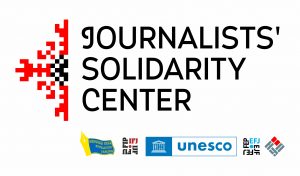



![International Media Organizations: peace plan mustn’t envision amnesty for crimes against journalists 22 Ukrainian flag on Independence Square [Maidan Nezalezhnosti] in Kyiv, Ukraine (archive image). EPA-EFE / Oleh Petrasiuk](https://nuju.org.ua/wp-content/uploads/2025/12/maidan-flag-yezhak-2022-120x86.jpg)



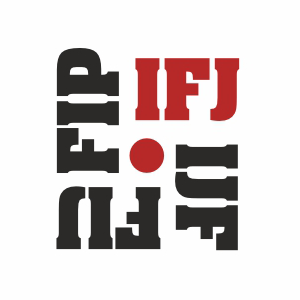




Discussion about this post